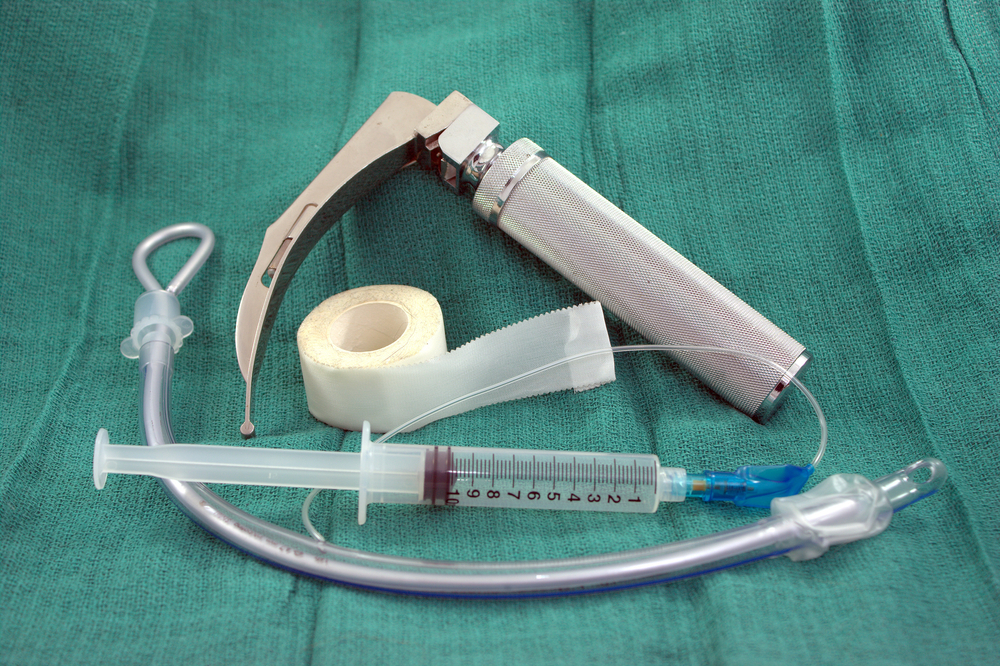What evidence is there to suggest that paramedics are at a greater risk of developing cardiovascular disease in comparison to a traditional non-shift working population? A literature review
Posted on 22nd May 2020 by Goda Zerlauskaite

During the final year of their Paramedic Science (BSc Hons) course at Oxford Brookes University, students carry out a literature review and critical appraisal of a topic relevant to their future practice. This blog presents the abstract of a literature review on ‘the risk of cardiovascular disease in a shift working population of paramedics’.Other Paramedic topic blogs can be found here.
Aim
To evaluate the risk of cardiovascular disease in a shift working population of paramedics and develop recommendations for future practice.
Method
A background search was completed on the effects of shift work on the health of emergency workers, prior to a comprehensive search for secondary data using the OpenAthens portal. This allowed a total of ten databases to be searched, from which data from a variety of study types were collected including quantitative, qualitative, and mixed-method studies. Following this, a combination of two critical appraisal tools was used to analyse the selected studies. This was followed by the use of thematic analysis to establish themes.
Results
All six papers in the literature review found that paramedics have risk factors that elevate the risk of cardiovascular disease. Three papers identified that circadian rhythm disruption contributes to these risk factors, along with job strain that was identified as a theme in four papers. Four of the papers identified that there is a lack of employer support in managing risk factors paramedics are exposed to. Lastly, two papers identified that poor paramedic health as a result of the risk factors imposes a risk to patient care, and all other than one paper identified the presence of gaps in the literature which highlighted the need for further research within this field.
Discussion
Only some paramedic employers choose to carry out a fitness test prior to recruitment, and it appears that there are no follow-up tests to monitor health throughout the career of a paramedic. There is a need for a standardised and nationalised health component to be added to the recruitment process, which employers could use to monitor for risk factors associated with cardiovascular disease. It is an important duty of the employer to support their employees. In addition to this, personal measures can be taken by paramedics to reduce the risk of cardiovascular disease, by implementing healthy lifestyle changes. These conscious alterations and the addition of resilience training would also reduce the physical effects of stress. By doing this, the risk to patient safety would be reduced. Further research is recommended to fill gaps within the literature and provide guidance specific to challenges encountered by paramedics.
Conclusion
Paramedics are at an increased risk of cardiovascular disease due to shift work and the stressful nature of the job. There are ways of overcoming these risks, and these methods need to be implemented into practice for the benefits to be experienced. Unfortunately, paramedics, as well as many other healthcare professions, will always be required to work around the clock to provide care to patients. Therefore, the paramedic population would most benefit from methods of minimising risks and finding ways to implement this into practice.
References (pdf)
Feature Image by Katie Smith on Unsplash



